State:Maharashtra
Area:440 sq km

Altitude:10 Meters above Sea Level
Climate:Temperature(Humid)
Summer:Max.-34 degree C Min-23 degree C
Winter:Max -28 degree C Min-16 degree C
Language(s):Marathi, Hindi, English, Gujarati
Best time to visit:October - February
STD Code:022
Overview of Mumbai
On an average 50% of the city's total population is of non Maharashtrian. Among the major groups that has made Bombay their home away from home are the Gujratis, the South Indians, the Parsis and Sindhis and a large number of people from the states of Uttar Pradesh and Bihar that are scattered all over the city. It is also worthy to note that almost half of the total population in the slums.
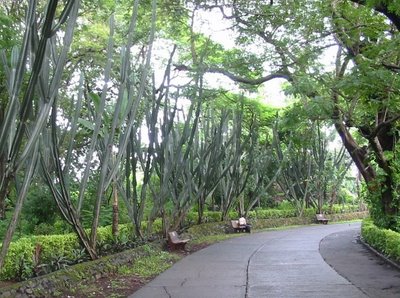
Culture
The metropolis has its own local roadside fast food consisting of vada pavs and bhelpuri. South Indian and Chinese food is also very popular in the city. Other exotic foods to the city range from Lebanese, Korean, Thai and Mexican. Other than Chinese and South Indian, Mughalai, Punjabiand Continental are also popular.
Tea is the most popular beverage drunk followed by coffee. There are numerous tea stalls in almost all roads and corners catering to this drink. Other popular drinks include fruit juices and coconut water.
Mumbaikars belong to diverse ethnic and social backgrounds. People try to follow the celebrity lifestyle as they belong to the "Film City of India". They participate in every occasion irrespective of castes and religions. Festivals bring greater enthusiasm among the dwellers. People forget their caste, creed, religion, position and come together to share rare moments filled with divine ecstasy. The food they prepare, the clothes they wear, the music they play all have their unique fervor and charm.
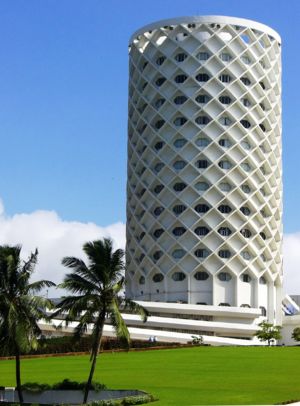
Mumbaikars have their own blend of dialect, called the 'Bambaiyaa Hindi'. Other main languages spoken in the city are English, Hindi and Marathi. The smell of modern India can be better felt in Mumbai due to the conglomeration of Indo-western culture. People live in this teeming megalopolis with affection for each other.
History of Mumbai
When India became Independent in 1947 Bombay became the capital of Bombay state. In 1960 Bombay state was dissolved and the state of Maharashtra came into being, with Bombay as its state capital.In 1995 Bombay changed its name to Mumbai. The name Mumbai is derived from "Mumbadevi" the patron goddess of the Koli fisher folks.
Sighseeing in Mumbai
Aarey Colony Mumbai
One of the most modern milk colonies in the world is Aarey Milk colony of Mumbai. The best way to reach Aarey would be to board a train to Goregaon Station West.From there visitors can avail auto rickshaws going towards Western Express Highway.
 Flora Fountain Mumbai
Flora Fountain Mumbai
Flora fountain is beautifully adorned stone fountain which is located in the Fort area in South Mumbai. It is situated in one of the most congested areas of the Mumbai city. Surrounded by huge and impressive colonial buildings on all the sides, Flora Fountain has a magnificent statue of Flora - the Roman Goddess of Flowers, on top.
Nehru Centre MumbaiThe Nehru Centre was constructed in 1972, not as a mute memorial, but as living testament and monument of faith in Jawaharlal Nehru's vision of human being's development and his compassion for humanity. It has a Mini Planetarium also, which is taken out to remote rural areas to project the astronomical shows. The centre is equipped with Digistar-3 Planetarium equipment and has maintained well furnished library. It offers wide variety of facilities which help in making any event a successful one.
Vasai Fort MumbaiIt was a strategic place in the western coast of India. The Portuguese understood the importance and captured the fort and remodeled it according to their wish. Nowadays most of the part of this fort is in ruins. Most of the walls are hidden by the brushwood and palm groves. The roots of these trees have damaged a lot of the portion of this fort.
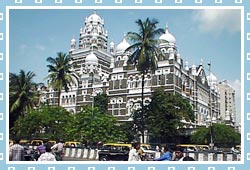 Gateway of India Mumbai
Gateway of India Mumbai
The Gateway of India was built to honor the visit of the King George V and Queen Mary to Mumbai. Today this symbol of colonialism has got Indianised and draws a lot of local tourists and citizens. Behind the arch are the steps leading down to the water. The Gateway of India was starting point for the tourists who come to Mumbai.
Powai Lake MumbaiOffering a much needed escape from the chaotic city life, Powai Lake is an ideal spot for picnickers. You could laze around the bank of the lake and enjoy the nature in peace. Powai Lake can be approached by King's Circle, Sion and Kurla as well as from Santa Cruz and Andheri.
Vihar Lake MumbaiA person can reach this place via Andheri, Santacruz or alternately via Goregoan location as this famous lake is located in center of City. This is one of the famous source of Major water supply in Mumbai by Mumbai Municipal Corporation. Here too like other Dam sometime a person can see reptiles like crocodile and tortoises. Unfortunately this lake is restricted to public, where you can also see a plant in progress for water treatment.
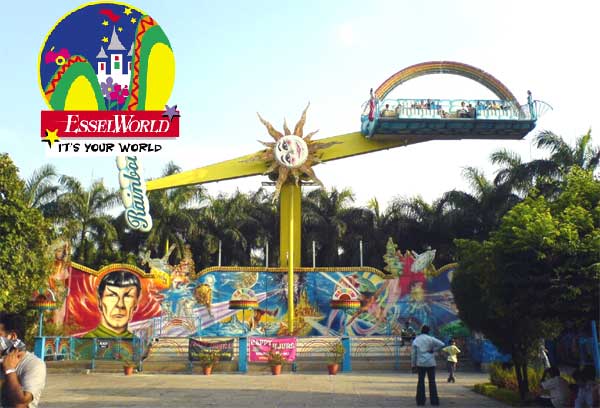 Chatrapati Shivaji Terminus Mumbai
Chatrapati Shivaji Terminus Mumbai
Chhatrapati Shivaji Terminus in Mumbai, formerly known as Victoria Terminus, is a historic railway station connecting the city through the Mumbai suburban railway as well as connecting India through long distance trains. As the headquarters of the Central Railway, India, Chhatrapati Shivaji Terminus is also one of the bust railway stations in India.
Elephanta CavesThe Great Cave at Elephanta is one of the great monuments in Mumbai near to Gate way of India.
Haji Ali MosqueHonoring the Muslim saint Haji Ali this mosque was built in the middle of the sea with only a narrow path leading to it giving it an ethereal look. The mosque can be reached only during low tide.
Churchgate MumbaiThe Churchgate area is also a hub of educational institutions such as University of Mumbai, Jain Hind College, K.C. College, Government Law College and Indo-German Training Center. The area has also some of the high profile sport complexes such as Wankhede Cricket Stadium, Mahindra Hockey Stadium, Brabourne Stadium and Oval Maidan.
How to Reach Mumbai
By AirMumbai has more flights connecting it than even the national capital New Delhi. All major airlines fly to and from Mumbai to most of the important cities of the world.
By RailCentral Railways runs services to the east and north, the Western Railways also runs trains to North India from Churchgate and Central stations.
By RoadThe National Highways No. 3, 4, 6, 8, 9 and 17 pass through the city, making it accessible from all parts of the country.


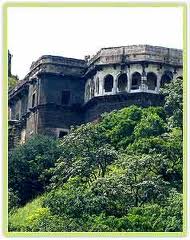

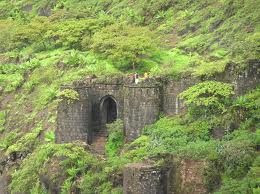

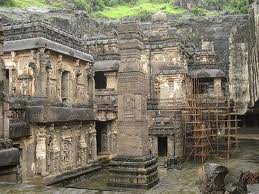
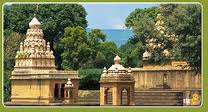
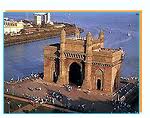
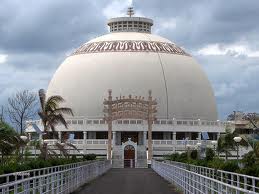









Wild Life Parks